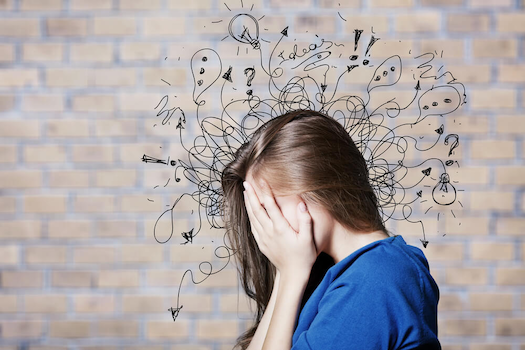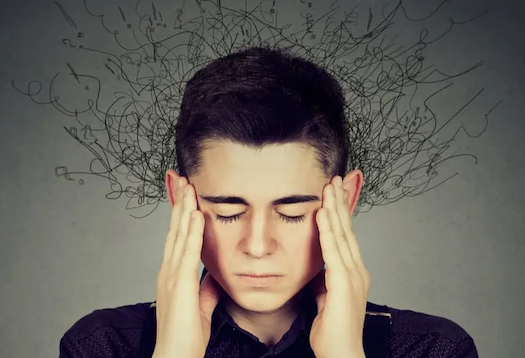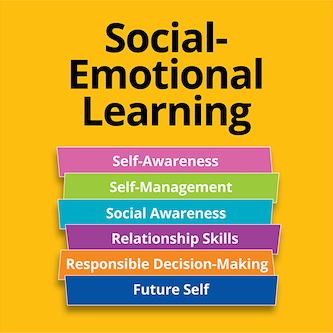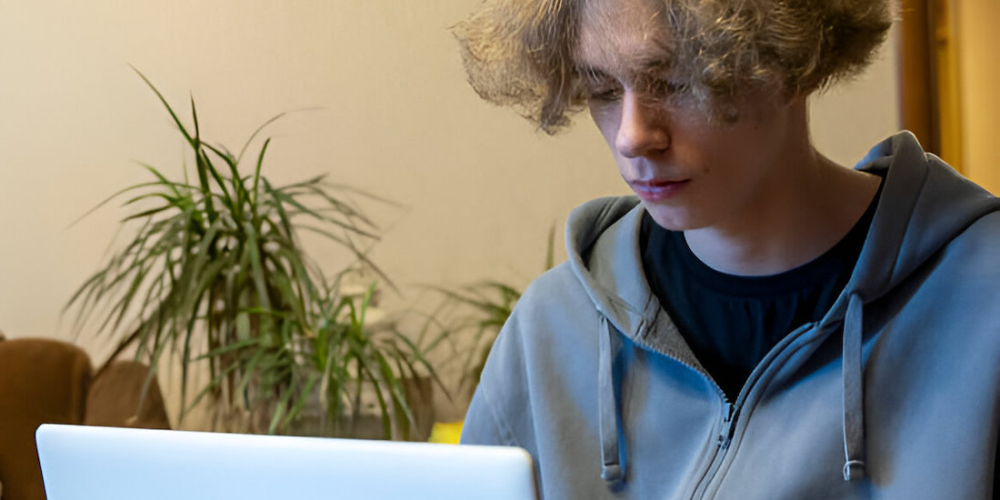
New York, N.Y. – The mental health of teenagers in the United States has emerged as a critical public health concern, with rising rates of anxiety, depression, and suicidal ideation casting a shadow over the nation’s youth.
As social pressures, academic demands, and digital influences converge, experts are sounding alarms about the urgent need to address this growing crisis.
Almost half of teens are persistently sad and almost
a quarter have considered taking their own life.
The COVID pandemic exacerbated these trends.
Social Media, Stress Fuel Rising Concerns

The Centers for Disease Control and Prevention (CDC) reports that in 2021, 42% of high school students felt persistently sad or hopeless, and 22% seriously considered attempting suicide.
These figures mark a sharp increase from a decade ago, when 28% reported persistent sadness and 16% contemplated suicide.
The COVID-19 pandemic exacerbated these trends, with lockdowns and social isolation amplifying feelings of loneliness and disconnection among teens.
“Young people are navigating a world that’s more connected yet more isolating than ever,” said Dr. Maria Lopez, a child psychologist at New York University. “The pressure to perform academically, maintain a curated online presence, and cope with global uncertainties is overwhelming.”

Social Media’s Double-Edged Sword
The rise of social media platforms like Instagram, TikTok, and Snapchat has reshaped adolescent life. While these platforms offer opportunities for self-expression and connection, they also expose teens to cyberbullying, unrealistic beauty standards, and constant comparison.

A 2023 study by the American Psychological Association found that teens spending more than three hours daily on social media were twice as likely to report symptoms of anxiety and depression.
“Social media can amplify feelings of inadequacy,” said Dr. Lopez. “Teens see polished versions of others’ lives and internalize a sense of not measuring up.”
The addictive nature of these platforms, driven by algorithms designed to maximize engagement, further compounds the issue, keeping teens tethered to their screens.

Academic Pressure and Burnout
Academic expectations have also intensified, with teens facing fierce competition for college admissions and scholarships. The National Education Association notes that 61% of high school students report feeling “stressed” or “extremely stressed” about grades and standardized tests. This pressure often leads to burnout, sleep deprivation, and diminished mental well-being.
“Parents and schools push for excellence, but we’re seeing kids break under the weight,” said Sarah Thompson, a high school counselor in Chicago. “They’re juggling AP classes, extracurriculars, and part-time jobs, leaving little time for rest or reflection.”
Access to Mental Health Care Lags

Despite the growing need, access to mental health services remains a significant barrier.
The National Alliance on Mental Illness (NAMI) estimates that 60% of teens with major depression receive no treatment, often due to cost, stigma, or lack of available providers.
Rural areas face particular shortages, with some counties having no psychiatrists or therapists at all.
“Even when teens seek help, wait times for appointments can stretch months,” said Thompson.
“And for families without insurance, the costs are prohibitive.”
Telehealth has helped bridge some gaps, but disparities persist, particularly for low-income and minority communities.

Schools Step Up, but Challenges Remain
Schools are increasingly stepping into the role of mental health providers, with many implementing social-emotional learning (SEL) programs and hiring on-site counselors.
However, funding constraints and varying levels of training limit their impact.
The U.S. Department of Education reports that the average student-to-counselor ratio in public schools is 415:1, far above the recommended 250:1.
“Schools are doing what they can, but they’re not equipped to handle the scale of this crisis,” said Dr. Lopez. “Counselors are stretched thin, and teachers aren’t trained to manage severe mental health issues.”

A Path Forward: Community and Policy Solutions
Addressing the teen mental health crisis requires a multi-faceted approach. Experts advocate for increased funding for mental health services in schools, expanded telehealth access, and public awareness campaigns to reduce stigma. Policy changes, such as mandating mental health education in curricula and regulating social media algorithms, are also gaining traction.
Community-based initiatives are showing promise. Programs like Active Minds, a nonprofit focused on youth mental health, empower teens to lead peer-to-peer support groups. “When young people feel heard and supported by their peers, it makes a huge difference,” said Emily Chen, a program coordinator in Los Angeles.
Parents also play a critical role. Encouraging open communication, setting boundaries around screen time, and modeling healthy coping strategies can help teens navigate challenges. “It’s about creating safe spaces where kids can be vulnerable without judgment,” said Chen.
Summary for Audio Recording
The teen mental health crisis in the U.S. is escalating, with 42% of high school students reporting persistent sadness and 22% considering suicide in 2021, per the CDC. Social media, academic pressure, and limited access to care fuel this issue. Schools are stepping up with counseling and social-emotional learning, but resources are stretched thin. Experts call for more funding, policy changes, and community support to address this urgent public health challenge.